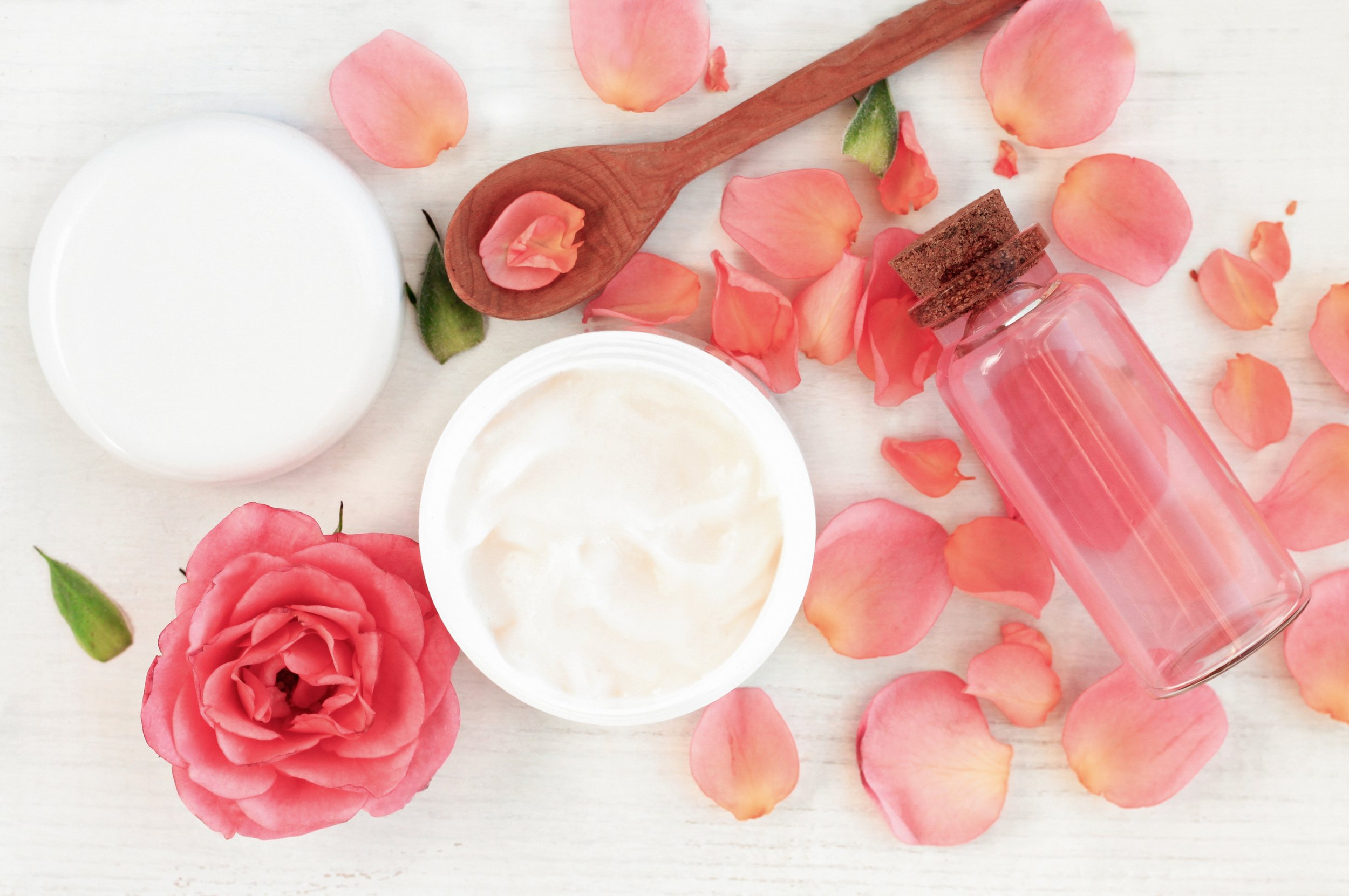Are Ayurvedic products taking their place in the global beauty market?
Ayurveda isn’t what you could call a ‘new’ trend or even novel but it is something that we’re seeing more and more and is, perhaps, something many of us in the western part of the world do not know anything about.
Ayurveda is a natural system of medicine that originated in India more than 3,000 years ago. Ayurveda is derived from the Sanskrit words ayur (life) and veda (science or knowledge) which translates to ‘knowledge of life’.
According to Ayurveda, our emotions are the aspects that are reflected by the face and by the body and can’t be disguised with cosmetics so what is seen on the surface of the skin gives a deeper understanding of internal imbalances. This means that Ayurveda is not only directed towards external beauty but towards achieving longevity and good health internally as well. The market for ayurvedic beauty products is growing fast with companies creating skincare, haircare, body products, and food supplements in this category as part of an overall wellness approach.
Will this be the next big skincare trend?
As we have seen, there is a rise in ‘natural’ and ‘organic’ cosmetics with products often not only including herbal and botanical ingredients but whole formulas being created on this basis. Within this, we often already see what are considered Ayurvedic ingredients in our cosmetics. For example in Ayurveda, aloe vera is used for its moisturising elements, Ocimum sanctum (Holy Basil) is commonly found in anti-aging products, Rosa damascena (Rose) is not only used for fragrance but also to tone and cool the skin, Rosmarinus officinalis (Rosemary) helps to cleanse, Tricticum sativum (Wheat) acts as an antioxidant, and many more.
So why is it only recently that we are seeing the ayurvedic trend in western markets when this ideology has been around for years? Some have said that Covid-19 had a part to play in this with self-care becoming more important and seeking inner and outer beauty with ayurvedic wellness combining both. When relating ayurvedic practises to the beauty industry, we can see a focus on self-care activities such as massage and hair oiling. It also encompasses the idea of prevention being better than cure so rather than using repairing products for damaged hair, one should aim to keep the hair healthy by oiling the scalp regularly .
What product claims can be made around Ayurveda?
Ayurveda is known for its ‘medicinal’ positioning with natural herbs and ingredients interacting with the mind, body, and spirit. Stepping into this arena with a beauty product needs great care and attention to ensure the product does not cross the borderline to be considered a medicine in its intended market.
Of course it is possible to reduce borderline risks by talking about the product features (such as the formula and ingredients) rather than to highlight particular effects. In this respect, some brands choose to make claims such as: based on ayurvedic ingredients, enriched with ancient Ayurvedic ingredients, or featuring ayurvedic ingredients. These are juxtaposed with puffery-type claims on ingredients for instance, ‘rose is a universal symbol of purity and love’.
However, brands can, of course, take a more conventional approach, making claims on the cosmetic function. For example, skincare using ayurvedic ingredients like a cleansing oil will ‘work to lift away dirt and impurities’ or a body oil will ‘work to nourish the skin’.
Whatever approach a brand chooses, Ayurvedic claims will need to hold evidence of the claim being made. In relation to functional/benefit claims, the UK Committee for Advertising Practice (CAP) has stated that they have not seen evidence for efficacy or benefits of the Ayurvedic Medicine discipline and therefore advises marketers against making strong claims. Perhaps this is why we also see more claims of the types outlined above.
In conclusion…
As long as ayurvedic ingredient claims are backed by sound science and substantiated functions, they have the potential to help this product category to thrive in a modern world that focuses on wellness of the mind and the body.
Ember Bryant

